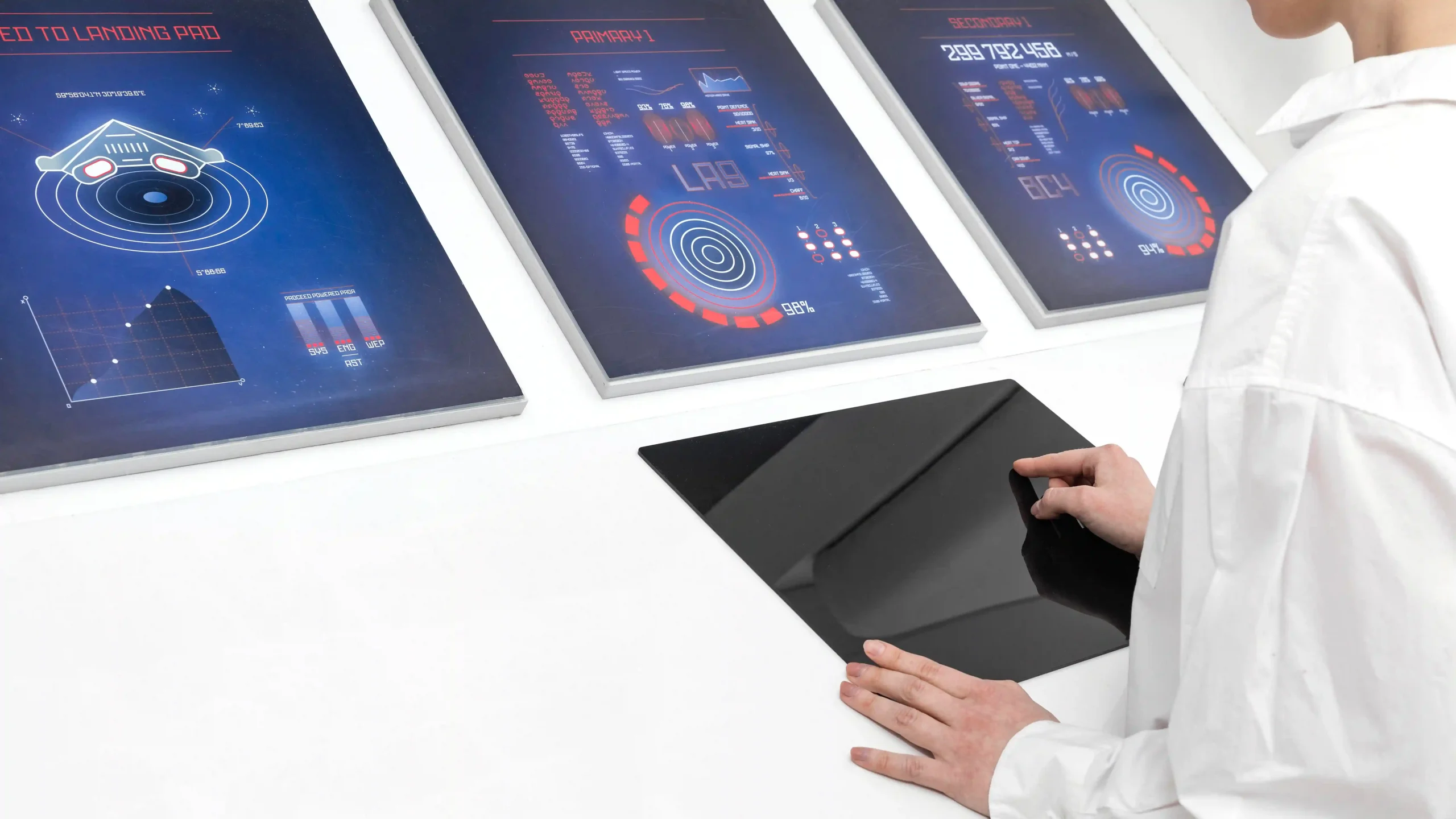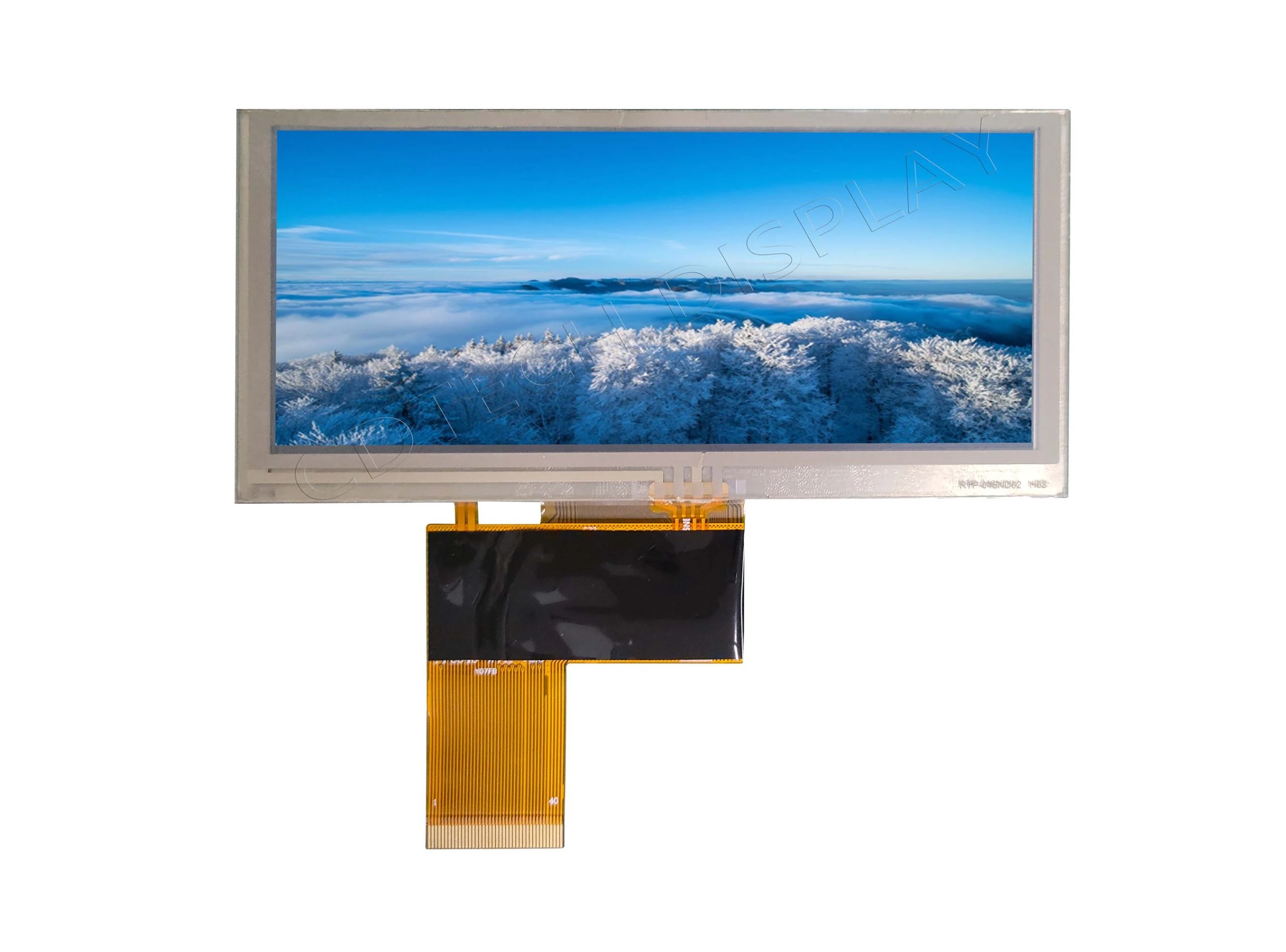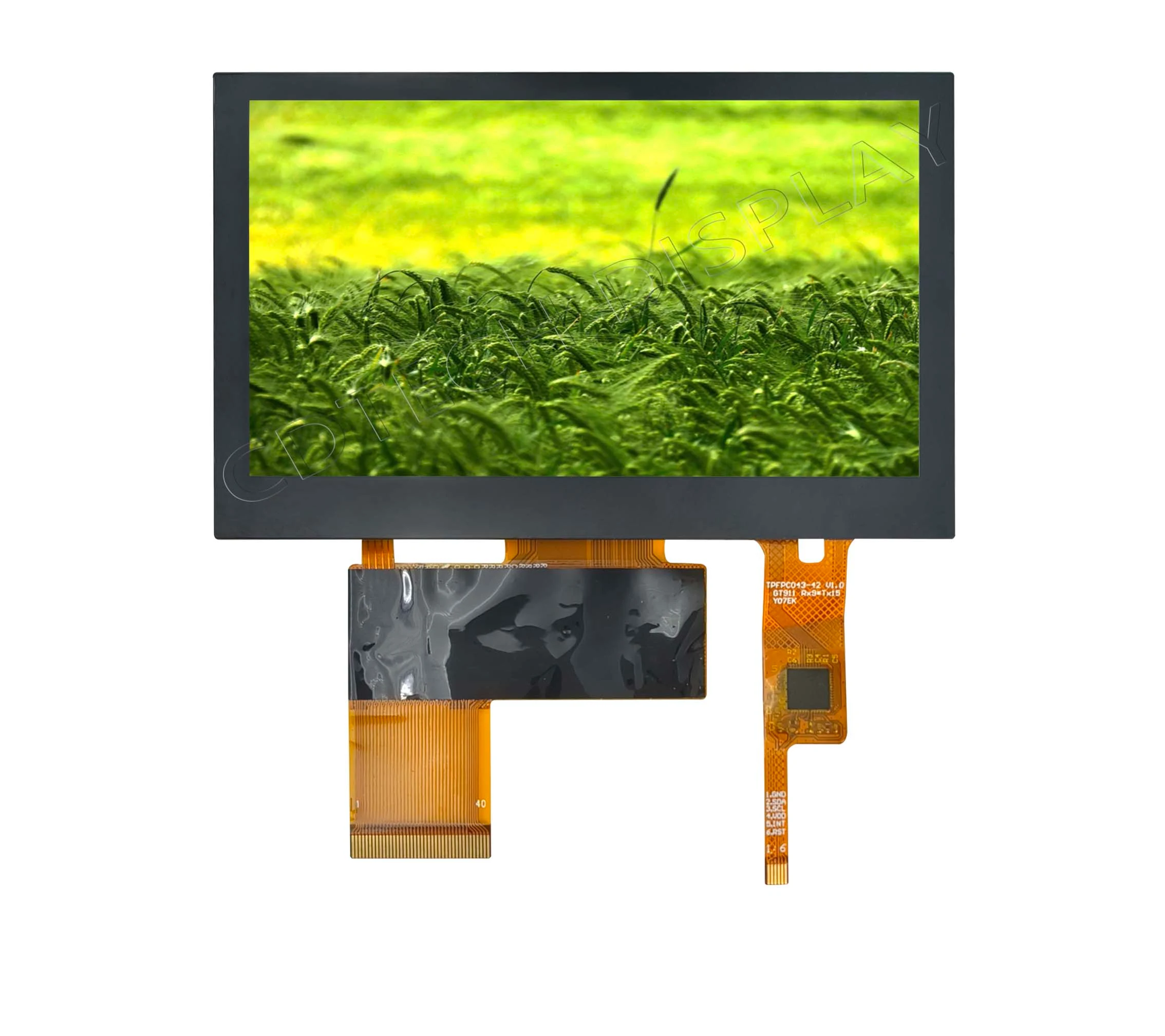What are the different types of LCD touch screens available in the market?
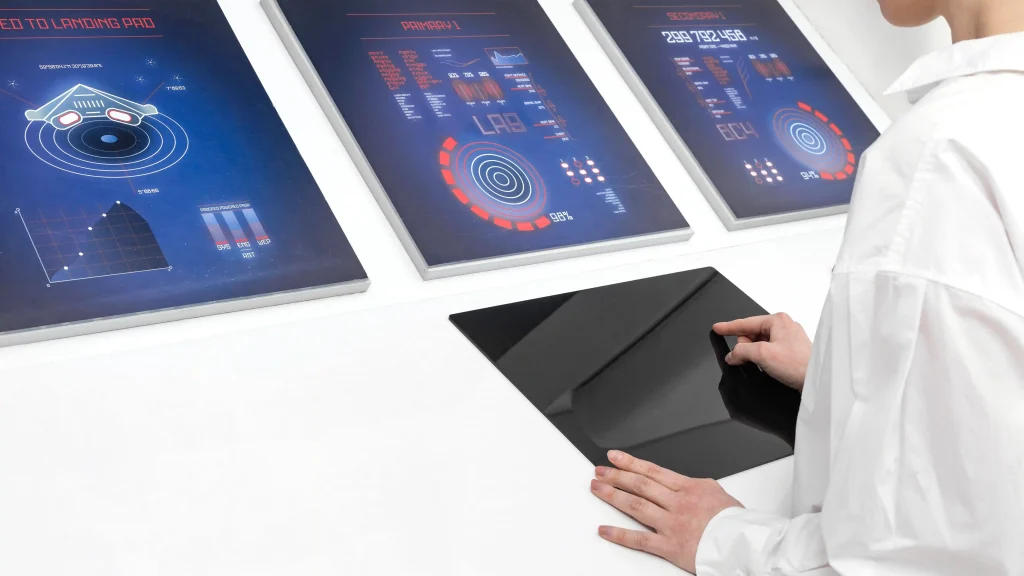
Resistive Touch Screens
Features and Working Principles
Resistive touch screens are a popular kind of LCD touch screen. They work when you press on the screen. This setup uses two bendy layers covered with resistive stuff, kept apart by a tiny space. When you push down, the layers touch at that spot. The system then figures out where the press happened.
The 7.0″ IPS Display with a resistive touch panel is a good example. It handles thick cover lenses and works with water or gloves. This shows it can adapt to different places. Plus, it works with active or passive pens. That makes it handy for industrial and business uses.
Applications in Various Industries
Resistive touch screens pop up in fields like healthcare, retail, and factories. They do well in tough spots needing exactness and toughness. Take the 7.0″ IPS Display with resistive tech. It keeps working fine outdoors or in hot places.
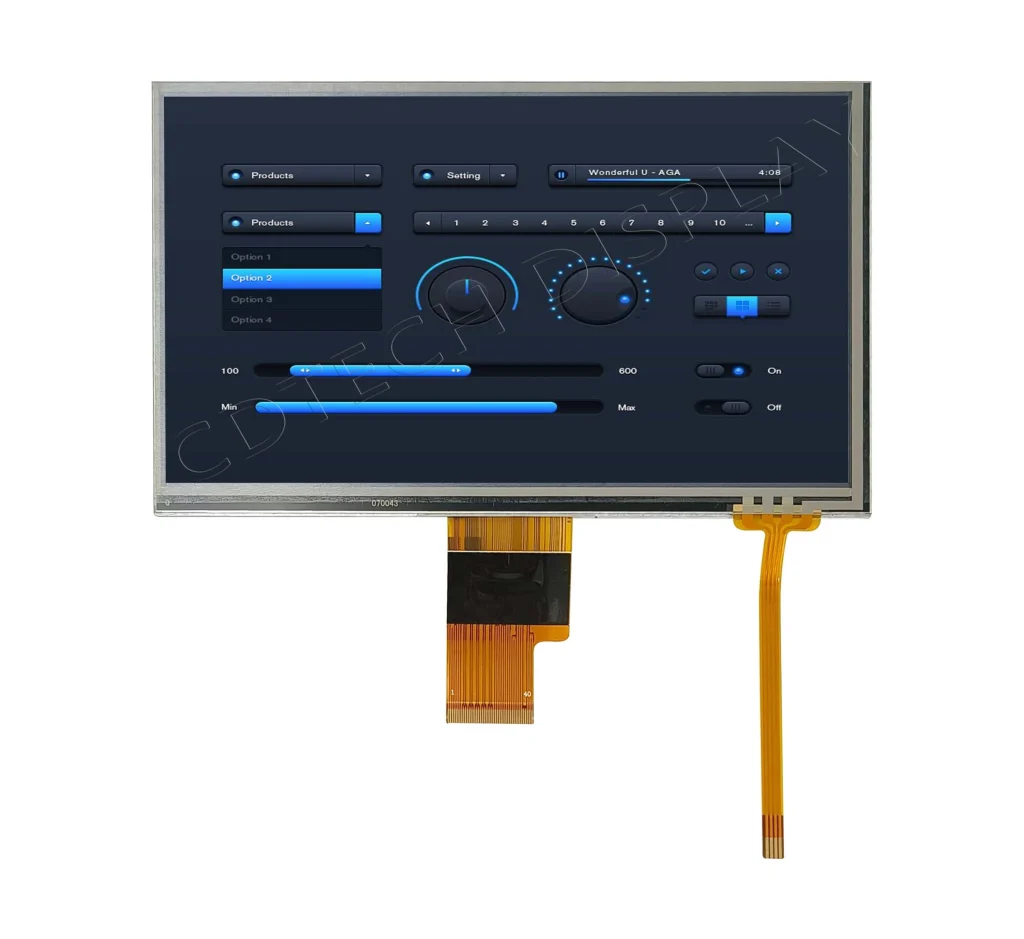
Capacitive Touch Screens
Key Characteristics and Advantages
Capacitive touch screens use the body’s ability to conduct electricity to spot touches. They don’t need a press like resistive screens do. Instead, they pick up electric signals from a finger or a capacitive stylus.
The 10.1″ TFT Display with a capacitive touchscreen shows this off well. It has 10-point touch support. That makes it quick and spot-on for things like industrial control panels. Also, capacitive screens give clear visuals and handle multiple touches. This makes them perfect for today’s gadgets.
Common Use Cases
You see capacitive touch screens in phones, tablets, and interactive stands. They’re sensitive and look slick. The 4.3″ TN Display with a capacitive touch panel fits medium-bright spots. It handles five-point touch moves, great for devices needing sharp interaction.
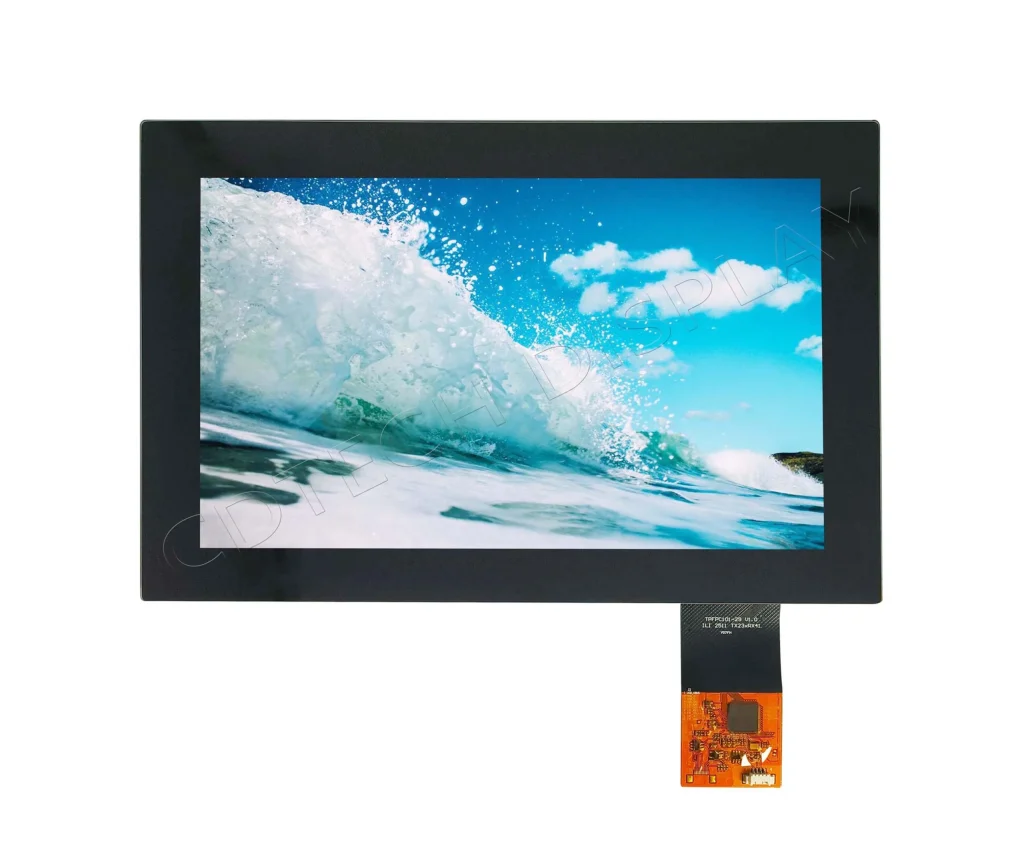
Infrared Touch Screens
How Infrared Technology Works
Infrared (IR) touch screens use rows of IR LEDs and sensors along the display’s edges. When something blocks the IR beams, the system spots that break as a touch point.
This setup doesn’t need pressure or conductivity. That makes it tough and able to spot things like gloves or styluses that don’t conduct.
Benefits for Large Displays
Infrared touch screens do great with big screens like interactive boards and signs. They scale up well and last long. That’s why schools and offices like them for group use.
Surface Acoustic Wave (SAW) Touch Screens
Operating Mechanism and Durability
SAW touch screens send ultrasonic waves across a glass surface. When a touch breaks those waves, sensors catch the shift and find the spot.
This tech lasts well thanks to its glass build. It also keeps images sharp since no extra layers block the view.
Ideal Scenarios for Usage
SAW touch screens fit best indoors where clear pictures matter. You’ll find them in ATMs, info stands, and gaming setups because they nail precise inputs.
Optical Touch Screens
Functionality and Design Benefits
Optical touch screens use cameras or light sensors set around the display. They spot touches by catching light breaks. This skips worn-out parts like overlays or films.
CDTech’s custom work boosts optical screens with stuff like anti-glare (AG), anti-fingerprint (AF), and anti-reflection (AR) coatings on cover lenses.
Best Fit for Specific Applications
Optical touch screens work well where accuracy and good looks mix. Think of meeting room setups or fancy store displays needing both style and function.
CDTech’s LCD products show off flexibility across LCD touchscreen types. The 7.0″ Sunlight Readable IPS Display with capacitive panels and custom options like OCA bonding meet all sorts of industry needs. They stay reliable in different settings.
Projected Capacitive (PCAP) Touch Screens
Advanced Features and Sensitivity
Projected capacitive (PCAP) touch screens stand out for their fancy features and sharp sensitivity. They work by sensing shifts in the electric field when something conductive, like a finger, touches the screen. This lets them handle multi-touch moves like pinch-to-zoom or swipes.
The 10.1″ TFT Display with a capacitive touchscreen shows this with its 10-point touch support. It’s exact and quick. Plus, it has a 1280×800 pixel resolution and works from -20°C to +70°C. That fits industrial control panels and tough spots.
Popularity in Modern Devices
PCAP touch screens show up a lot in today’s gear because they look good, last long, and feel smooth to use. Phones, tablets, kiosks, and car displays often use them. The 4.3″ TN Display with a capacitive touch panel offers five-point touch and medium brightness. It’s spot-on for devices needing clear interaction in mixed light.

Comparison of Different LCD Touch Screen Types
Performance Across Different Environments
Different LCD touch screens act differently depending on where they’re used. Resistive screens shine in rough spots needing gloves or styluses. The 7.0″ IPS Display with resistive tech works with water or gloves. It’s a top pick for outdoor or factory jobs.
PCAP screens bring crisp visuals and multi-touch but might slip in super wet conditions unless tweaked. The 7.0″ Sunlight Readable IPS Display fits outdoors with its 1000-nit brightness and air-bonded capacitive touch panel. It holds up under sunlight.
Cost-Effectiveness and Longevity
For cost and lasting power, resistive screens start cheaper but might need swapping out more from press wear. Capacitive screens cost more upfront but stick around longer thanks to their sturdy build.
CDTech’s LCD products mix affordability and toughness. The 5.0″ TFT LCD gives great visuals with 800×480 pixels. It runs steadily from -20°C to +70°C, good for long use in all kinds of jobs.
Why Choose CDTech LCD Touch Screens?
Unique Features of CDTech Products
CDTech’s LCD products grab attention with their high-end traits and steady work across industries. The 10.1″ Sunlight Readable IPS TFT LCD Module uses IPS tech for wide-angle views. Its 1000-nit backlight boosts clarity outdoors, like at EV charging spots.
CDTech also offers custom tweaks like OCA bonding for better clarity and strength in hard settings. Their products pack quality driver ICs like EK79202B1 in the 10.1″ TFT Display. That keeps things running smoothly in tough industrial jobs.
Customization Options for Various Needs
CDTech gives tons of custom choices to fit different needs. They tweak sizes for bar-type displays like 2.9” or square ones like 7.5”. Those suit smart home gear or factory controls.
Their touch panel tweaks cover bonding styles like air bonding, OCA bonding, and LOCA bonding for different projects. LOCA bonding works great for big, uneven panels. It fills gaps well and can be fixed.
CDTech also crafts special cover lenses with anti-glare (AG), anti-fingerprint (AF), or anti-reflection (AR) coatings. These boost use in places like outdoors or damp areas.
FAQ
Q: What makes PCAP touch screens different from resistive ones?
A: PCAP screens spot electric field shifts with conductive stuff like fingers or styluses, no press is needed. Resistive screens need pressure on bendy resistive layers instead.
Q: Are CDTech’s LCD products suitable for outdoor use?
A: Yes, lots of CDTech gear fits outdoors. The 7.0″ Sunlight Readable IPS Display has 1000-nit brightness and works under direct sun.
Q: Can CDTech tweak displays for odd needs?
A: Sure thing! CDTech offers size tweaks like bar or square displays, bonding options like OCA or LOCA, and coatings like AG/AF/AR for unique setups.

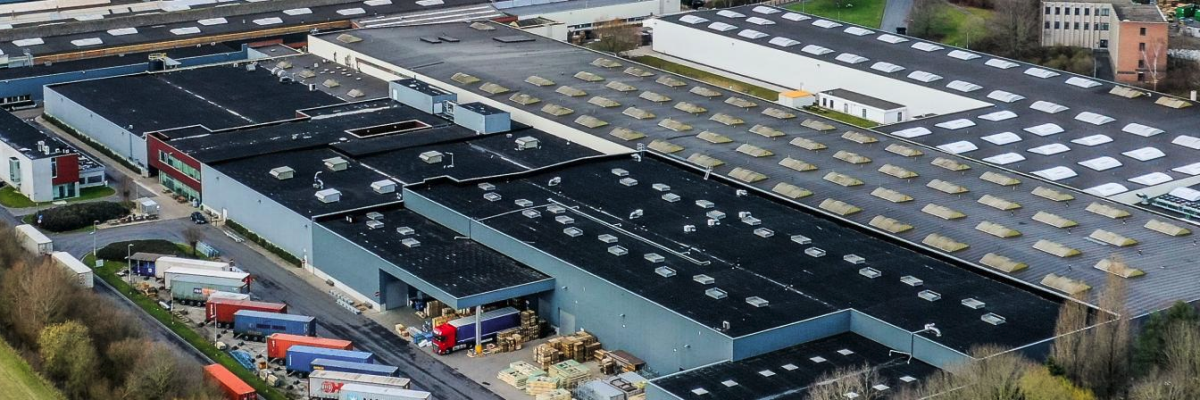
 2025-04-10
2025-04-10  11:50
11:50 